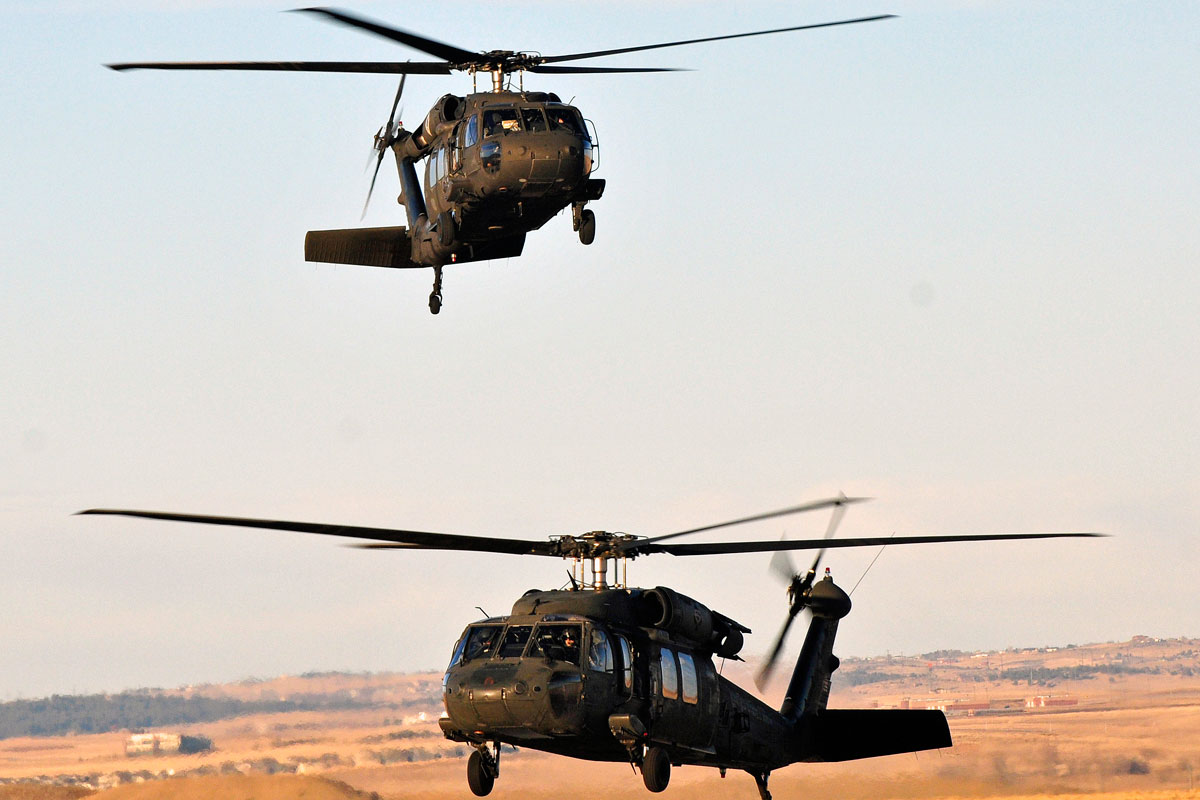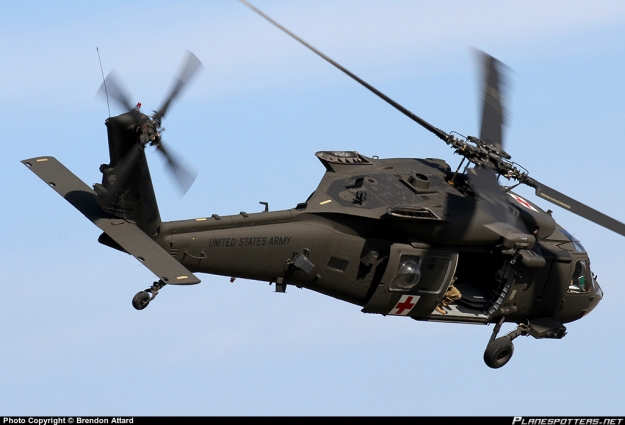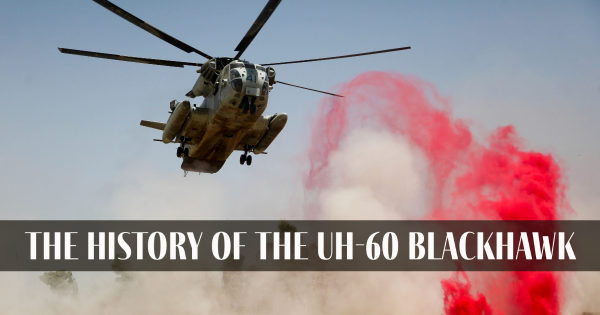Attaining Quality: Key Approaches for UH 60 Helicopter Upkeep
Attaining Quality: Key Approaches for UH 60 Helicopter Upkeep
Blog Article
Recognizing the Mechanics and Engineering Behind Uh 60 Helicopters
The UH-60 helicopter, typically referred to as the Black Hawk, stands as a pinnacle of modern-day rotorcraft modern technology, embodying a mix of robust engineering and intricate mechanics. From its beginning to its current models, the development of this aircraft showcases a fusion of advancement and practicality. As we peel off back the layers of the UH-60's design, a globe of intricate systems and precise engineering emerges. Comprehending the auto mechanics and design behind this flexible aircraft reveals a realm where precision fulfills power, and where each part plays an important duty in attaining trip.
History of UH-60 Helicopters
The background of UH-60 helicopters traces back to the late 1970s when the USA Military sought a advanced and flexible utility helicopter to change its aging fleet. In response to this demand, the Sikorsky Airplane Corporation created the UH-60 Black Hawk helicopter. Introduced in 1979, the UH-60 swiftly became a staple in armed forces procedures as a result of its outstanding capacities.
The UH-60 was made to master a range of objectives, consisting of troop transportation, clinical evacuation, digital warfare, and unique operations. Its capability to adjust to various duties made it a useful property to the U.S. uh 60. Military and other military pressures around the globe
Throughout the years, the UH-60 system has undertaken a number of upgrades and variants to boost its efficiency and maintain rate with progressing goal requirements. These helicopters have actually seen comprehensive service in problems such as the Gulf War, Afghanistan, and Iraq, showcasing their integrity and adaptability in varied operational atmospheres. The UH-60's abundant history is a testament to its long-lasting heritage as a leading utility helicopter.

Engine and Power Systems
Utilizing innovative propulsion modern technology, UH-60 helicopters are geared up with sophisticated engine and power systems to ensure ideal efficiency and dependability in a variety of operational situations. The UH-60, frequently understood as the Black Hawk, is powered by two General Electric T700-GE-701D engines, each qualified of supplying up to 1,940 shaft horsepower. These turboshaft engines offer the necessary thrust for the helicopter to accomplish its objectives efficiently, including troop transport, medical discharge, and battle assistance.

Rotor System and Aerodynamics
How do the rotor system and the rules of aerodynamics of UH-60 helicopters add to their operational efficiency and trip capacities? The blades system of the UH-60 helicopter plays a critical duty in providing lift and propulsion.
The rules of aerodynamics also play a vital function in the performance of UH-60 helicopters. The streamlined body and blades blade style lower drag, permitting the helicopter to accomplish greater rates and better fuel effectiveness. The wind resistant layout of the UH-60 likewise adds to its capacity to run in varied environmental conditions, including high elevations and hot temperatures.
Avionics and Trip Control Solution

In its intricate coordination with the blades system and aerodynamics of UH-60 helicopters, the avionics and trip control systems form a critical network of innovations forming the aircraft's operational capacities. In the UH-60, these systems include electronic displays, communication radios, GPS navigation, climate radar, and auto-pilot systems.
The trip control systems of the UH-60 are accountable for converting the pilot's inputs right into the appropriate modifications to the rotor system, making sure secure flight and maneuverability. These systems include hydraulic actuators, servos, and computers that interact to manage the main and tail rotors, as well as other my response trip control surface areas. By exactly handling the helicopter's flight characteristics, these systems make it possible for pilots to execute a large range of goals, from transport and search-and-rescue to deal with operations, with accuracy and confidence.
Role and Applications in Air Travel
Avionics systems in UH-60 helicopters encompass an array of digital systems that help in navigating, interaction, tracking, and controlling numerous aircraft functions. These systems include digital displays, autopilot systems, communication radios, General practitioner navigation devices, and weather radar. Additionally, these systems integrate security attributes such as autopilot modes, surface recognition warning systems, and stability enhancement systems to boost the total safety and functional capabilities of the UH-60 helicopters in various goals, consisting of army transport, clinical emptying, search and rescue, and airborne firefighting.
Conclusion
To conclude, the UH-60 helicopter is a functional aircraft with an abundant history and progressed design. Its engine and power systems, blades system, aerodynamics, avionics, and trip control systems all interact to make it a trusted and effective maker. The UH-60's duty and applications in aeronautics are large, ranging from military procedures to search and rescue objectives. Its proceeded development and usage demonstrate its importance in the area of air travel (uh 60).
In its intricate sychronisation with the rotor system and the rules of aerodynamics of UH-60 helicopters, the avionics and see this here flight control systems form a critical network of innovations forming the aircraft's functional abilities.The flight control systems of the UH-60 are liable for converting the pilot's inputs into the proper adjustments to the rotor system, guaranteeing secure trip and maneuverability. Avionics systems in UH-60 helicopters incorporate a variety of digital systems that aid in navigation, communication, monitoring, and controlling numerous aircraft features. Additionally, these systems integrate security functions such as autopilot modes, terrain understanding warning systems, and security enhancement systems to enhance the general safety and functional capacities of the UH-60 helicopters in numerous objectives, including army transport, clinical emptying, search and rescue, and aerial firefighting.
Its engine and power systems, blades system, the rules of aerodynamics, avionics, and trip control systems all work together to make it a efficient and reputable equipment.
Report this page